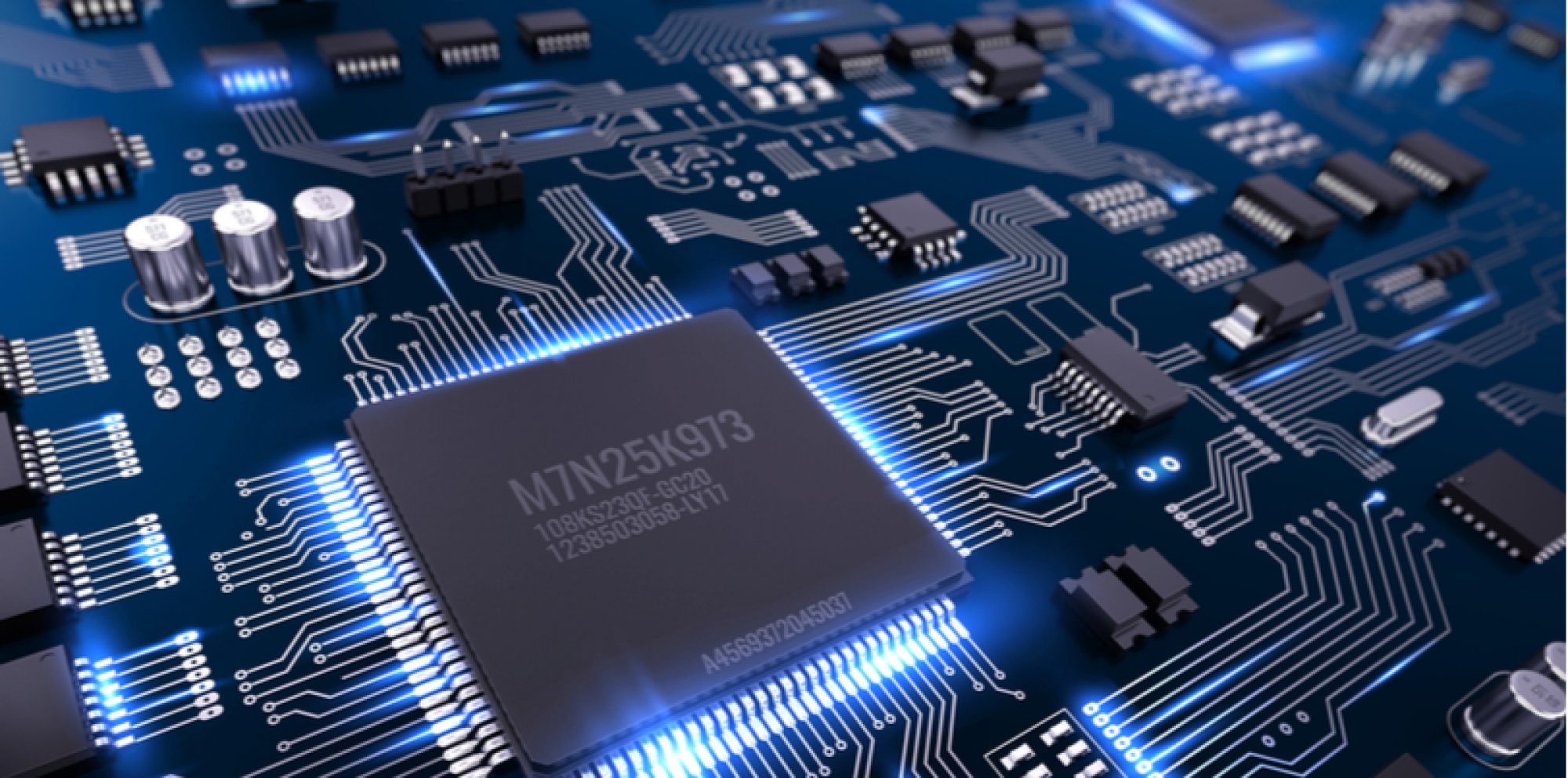First I want to address the request for the protocol between the FPGA and the PC. This has not been determined yet because we are still trying to make sure we can actually send data between the devices. I would like to work on this once we a) decide to keep using Ethernet (see team report) and b) can get a simple demo working.
For 10/10-10/16, I spent most of my time working on 2 things. First, I worked on the design report, edited it, and made sure that the sections I was responsible where cohesive. The second major task I worked on toward the end of the week was trying to make a demo work. I found a demo online which walks the user through creating the soft processor and it included code which could be used to process the data. I had no issues following the steps to create the processor on my version of Quartus (a big bonus! and My quartus lets me use the NiosII/f processor which is also super nice). I got to the point where I was able to install eclipse, so I could use SBT for eclipse (it’s part of Quartus which is used to program/interact with the FPGA). However, I could not build the project because many header files were missing. I ultimately got to the point where I needed the winternl.h file, but it was missing on my computer, so I stopped and decided to pick that up this week.
For 10/17-10/23, I have been busy with my other classes because last week I neglected my other classes for capstone, but I found out that the winternl.h file is part of a few applications, and it seems like none of the programs I tried to install which might have had the header file, didn’t have it. However, I realized that some of the types/structs which were used in the one header file which needed winternl.h actually appeared in another file. So, I’m guessing that because the tutorial I’m following is a bit out dated, that windows 11 no longer uses that header file and the structs are distributed across several other header files. For the rest of this weekend, I will go down this rabbit hole hoping to resolve dependencies. Otherwise, we will need to figure out a solution where we are not relying on SBT to program the FPGA, but we’ll see.
After riskily editing some of the header files, I’m still hopeful that we can use ethernet or some other form of I/O on the FPGA, it’ll just be painful. I spent most of the past 2 weeks googling issues and trying to figure out how to resolve them.

